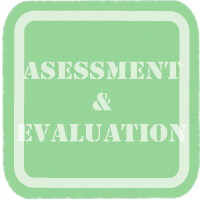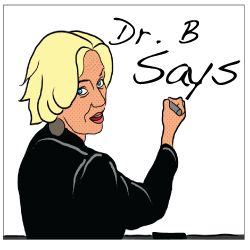 Offering Students Feedback
Offering Students Feedback
 During the Getting It phase, students process new information and start to use it in different activities. It is important, therefore, that the teacher provide plenty of forms of support to encourage students to participate in these activities. This helps create a positive attitude and safe environment in the classroom that is conducive to learning. One important form of support is the feedback provided by the teacher. Feedback can come in the form of praise or in a more constructive form. In this section we will discuss how feedback is beneficial to students and how it should be used.
During the Getting It phase, students process new information and start to use it in different activities. It is important, therefore, that the teacher provide plenty of forms of support to encourage students to participate in these activities. This helps create a positive attitude and safe environment in the classroom that is conducive to learning. One important form of support is the feedback provided by the teacher. Feedback can come in the form of praise or in a more constructive form. In this section we will discuss how feedback is beneficial to students and how it should be used.
Why give feedback?
Offering students feedback serves several purposes. One purpose is to encourage them; a teacher naturally wants to keep the motivation level high in the classroom, and this can be accomplished by acknowledging student accomplishment. Teachers have a responsibility to foster students’ sense of self-efficacy and offering positive feedback does this.
However, feedback is not always given solely to praise accomplishments; teachers must also offer constructive feedback in order to improve student performance. Attention must be paid to the word constructive, meaning feedback that is not praise should not be given unless is serves a purpose to improve student performance. Students should be aware of why a teacher is giving them feedback; they should not feel criticized or attacked, rather supported in that the teacher wants them to improve. Teachers should aim to create a sense of awareness in their students, to help them make an honest appraisal of their strengths, weaknesses and progress.
back to top
How should feedback be given?
The BSLIM model provides teachers with a simple mnemonic device to help them remember how to provide feedback: PPPF;
Precise – directed at a specific aspect
Personalized – directed towards a particular person
Positive – intended to help learning, boost self-esteem and build confidence and motivation
Feedback
For example, a teacher could say “Good job” which would be an example of positive feedback. To make it more personalized, the teacher could say “Good job, Jenny”. Finally, to make it precise, the teacher could say “Good job Jenny with that difficult pronunciation”.
back to top









